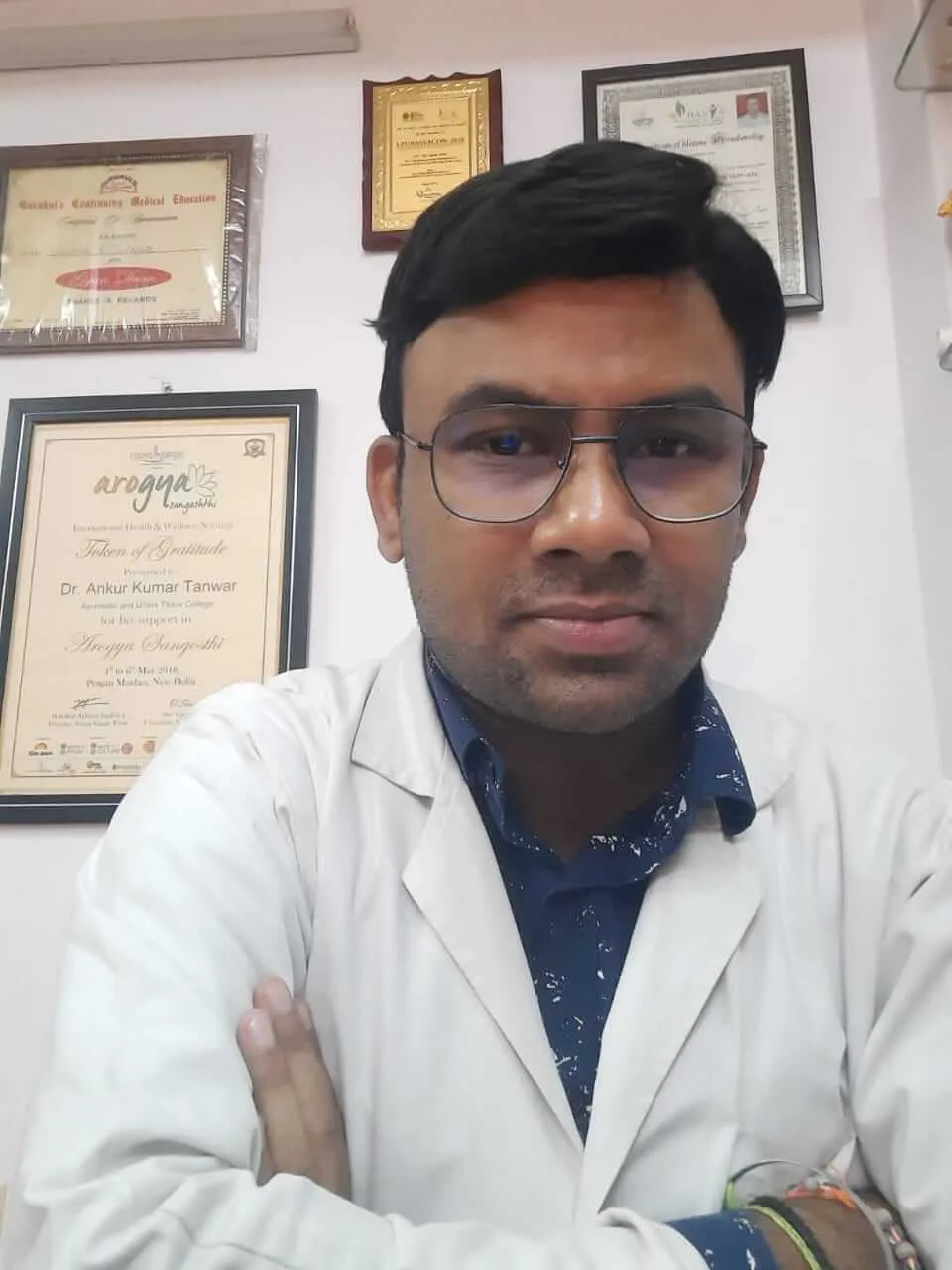Description
Case studies on male infertility through Ayurvedic insights provide a holistic perspective on treatment and management. These studies explore the use of traditional Ayurvedic therapies, such as herbal remedies, dietary modifications, and lifestyle changes, to address underlying causes of infertility. By focusing on restoring balance and enhancing overall well-being, Ayurveda aims to improve reproductive health naturally. These case studies often highlight individual success stories where patients experienced significant improvements in sperm count, motility, and overall fertility. The integration of Ayurvedic principles with modern diagnostic techniques offers a comprehensive approach to tackling male infertility, emphasizing personalized care and natural healing.
Summary Listen
- The presentation focuses on male infertility, highlighting its significance and prevalence. It starts with an introduction referencing ancient texts and the importance of progeny. Infertility is defined as the inability to achieve pregnancy after 12 months of unprotected intercourse.
- Globally, millions of people are affected by infertility, with male factors contributing to approximately 50% of the cases. The presentation also mentions statistics specific to India, indicating a concerning trend in fertility rates.
- Several factors contributing to infertility are identified, including sedentary lifestyles, poor dietary habits, job-related stress, pollution, and the trend of postponing parenthood. The impact of infertility on relationships and social life is discussed, as it can lead to blame-games, strained relationships, and exclusion from social and religious gatherings.
- Male infertility is often overlooked due to social stigma, but it can be the sole contributing factor in a significant percentage of cases. Newspaper clippings highlight the concern about declining male fertility rates and potential causes, such as air pollution and lifestyle choices.
- Ayurvedic factors contributing to male infertility include genetic factors, decline in seminal fluid production, defective vial function, and passive imper from transport in the female vagina. Symptoms of male infertility are also listed, including inability to get pregnant, difficulty ejaculating, minimal hair growth, erectile dysfunction, and low sexual desire.
- Diagnostic tests are mentioned, including medical and sexual history, semen analysis, endocrine assessment, and genetic testing. A case study of a 25-year-old male diagnosed with oligozoospermia (low sperm count) is presented, noting symptoms like weakness, erectile dysfunction, and early ejaculation.
- The case is further examined through Ayurvedic lens with an assessment of Doshas and comparison with ancient texts and modern literature. Clinical investigations were performed, and although some were within normal ranges, sGOT and sGPT values were mildly elevated. Personal history showed the patient to be overweight with a sedentary lifestyle, indicating a dominant Dosha.
Sample Certificate
About the Speakers

Vaidya Ankur Kumar Tanwar
Assistant Professor, Rajshree Ayurvedic Medical College, Uttarpradesh
Financial Disclosure
Comments
Comments
You must be logged in to leave a comment.